The Palazzo Pitti is a large palace situated in Oltrarno, across the river from the historic center of Florence. The palace was long the residence of Florence’s rulers until 1919, when it was handed over to the Italian state, which transformed the palace into a museum complex.
Construction
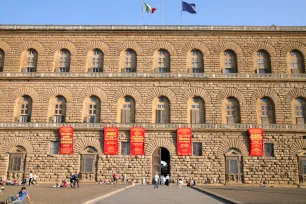
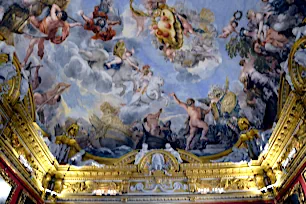
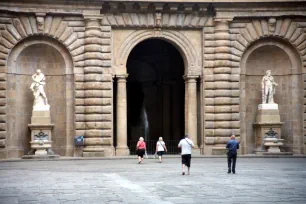
In 1458 the wealthy Florentine banker Luca Pitti, who sought to build a palace rivaling those of the ruling Medici family, commissioned the construction of the Palazzo Pitti in Oltrarno, then a rural area across the river Arno. The design of the palace is attributed to Filippo Brunelleschi, but since Brunelleschi died twelve years before the construction started, his assistant Luca Fancelli was most likely the architect. Construction continued until 1465.
The Medici
In 1549, when Luca Pitti’s descendants ran into financial problems, they sold the palace to Eleonora di Toledo, the Spanish wife of grand duke Cosimo I de’ Medici. She suffered from poor health and convinced Cosimo I that the rural environment would be good for her health. Even though it was only a short distance removed from the heart of Florence, the area was sparsely populated.
The following year, the Medici moved from the Palazzo Vecchio to the Palazzo Pitti, which would continue to be the main residence for the rulers of Florence. The Medici later commissioned Vasari with the construction of a corridor connecting their new residence with the Uffizi and the Palazzo Vecchio, allowing the members of the Medici family to cross the river without having to set a foot outside.
Expansion
Shortly after acquiring the palace, the Medici commissioned Ammanati with the expansion of the Palazzo Pitti. Ammanati worked on the palace from 1558 until 1570 and is responsible for the inner courtyard. The impressive Artichoke Fountain on the terrace bordering the courtyard was created in 1641 by Giovanni Francesco Susini. Cosimo I also commissioned the creation of the Boboli Garden behind the palace.
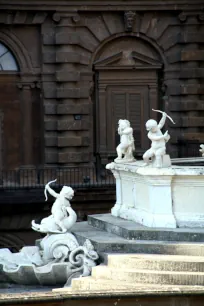
In 1828, during the reign of the House of Lorraine – who came to power after the death of the last scion of the Medici family in 1737 – the palace was expanded again with two wings that now flank the Piazza dei Pitti, the square in front of the building. They also completely renovated the interior.
The palace was later owned by the House of Savoy, the Bourbons and even Napoleon. The last owner was the Italian king Vittorio Emanuele III, who opened the building to the public.
Museums
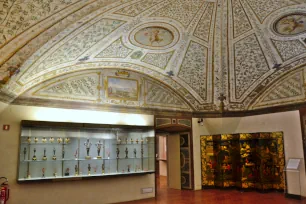
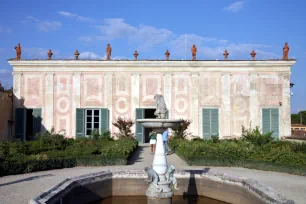
Today, the palace is home to a number of museums. Tickets for the palazzo can be purchased in combination with tickets for the Boboli Garden. The latter gives access to two more museums: the Museo del Porcellane (porcelain museum) which is housed in the Casino del Cavaliere, at the Knights’ Garden in the Boboli Garden and the Museo degli Argenti, a silver museum.
The other museums are all in the Palazzo Pitti and can be entered via the palace’s courtyard. The lavish interior of the palace provides a magnificent setting for the museums, such as in the royal apartments – where you can admire the sumptuous interior decoration – and the Galleria Palatina – a gallery with an important collection of Renaissance and Baroque paintings. Other museums in the Palazzo Pitti are the Galleria del Costume (with a collection of clothes from the Medici and House of Lorraine era), the Museo delle Carozze (where the royal carriages are displayed) and the Galleria d’Arte Moderne (a gallery with 18th to early 20th century art).

